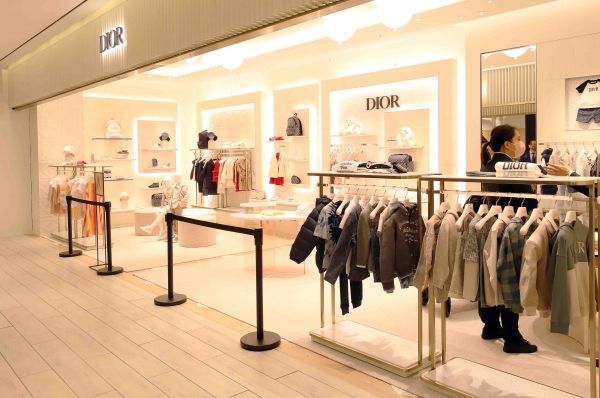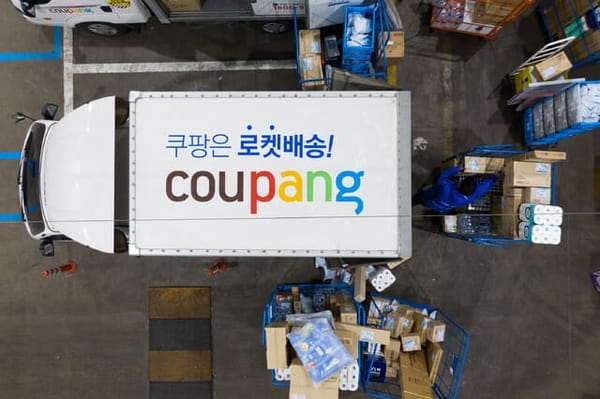Photo: Baby Dior boutique in Seoul. Credit: Shinsegae Gangnam.
South Korea’s low birth rate is well-documented, as is the related issue of fewer young people getting married. (See previous coverage, “Pandemic Depresses Dating Lives.”) But somehow, the low birth rate has not hurt the kidswear business at all. According to the Korea Federation of Textile Industries 한국섬유산업연합회, South Korea’s market for children’s clothing in 2022 was KRW 1.2t (USD 902m), a remarkable 31.8% growth since 2020, a period during which the overall fashion market grew by 13.5%.
The story is similar in the wedding business. According to the Bureau of Statistics 통계청, the number of weddings in South Korea declined by 33.4% between 2018 and 2022. Yet the average cost of a wedding has hit a record high. According to a research report by Duo Information 듀오 정보, South Korea’s leading matchmaking company, the average cost of a wedding in 2023 was KRW 13.9m (USD 10.4k), up by 8.76% from 2022.
Both trends are driven by strong growth in the premium market. Last year, Dior opened two Baby Dior boutiques in Seoul, quickly selling out of strollers (KRW 6m, or USD 4.5k) and baby trench coats (KRW 2m, or USD 1.5k). Other luxury brands like Louis Vuitton, Givenchy and Fendi are following suit and offering more children’s clothing. Likewise for weddings, five-star hotels in Seoul like the Westin Josun 웨스틴 조선 and the Lotte Hotel 롯데호텔 were fully booked for the year by late February, even as the number of wedding halls 예식장 - the typical venues for South Korean middle-class weddings until about 20 years ago - has declined by 26.3% between 2018 and 2022, according to the Bureau of Statistics.
The counterintuitive growth may well be both a symptom and cause of the declining numbers of weddings and births. Increasingly, marriage and children are becoming luxury goods, available only to the upper middle class and beyond. The relative rarity of weddings and births increases the pressure to spend extravagantly as a type of Veblenian consumption. The resulting increased costs of getting married and having children, in turn, discourages people from doing so, further depressing marriage and birth rates.








